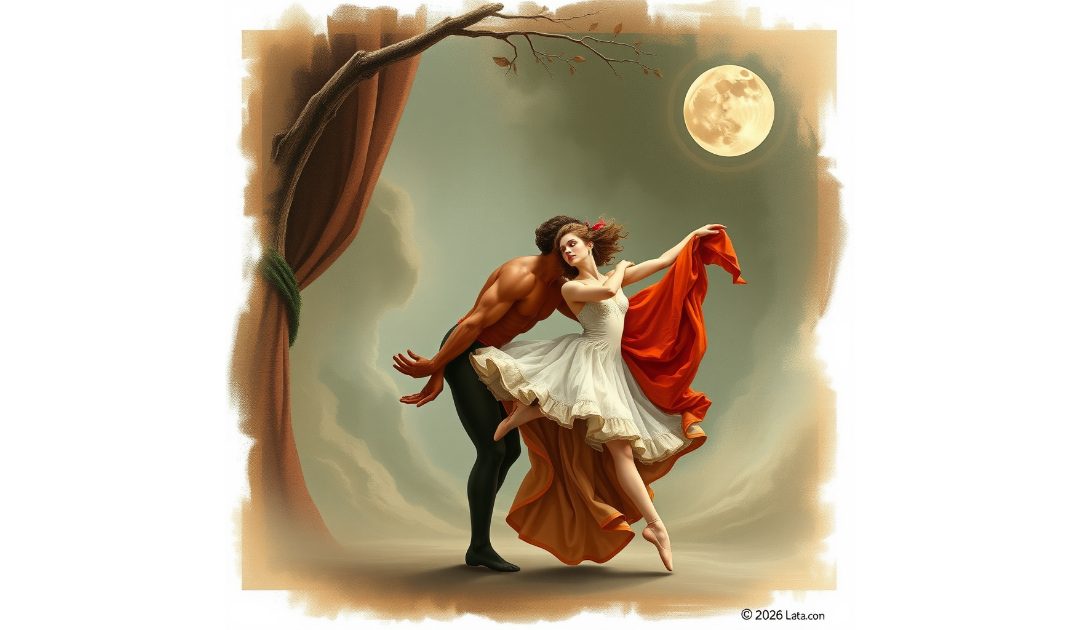On the 2nd of March, 1717, The Loves of Mars and Venus became the first ballet to be performed in England. I have to confess that I’m not an aficionado, but Claire is. It was written by John Weaver.
Weaver was born in Shrewsbury, England, in 1673, into a family of dancing masters. His father was a dance teacher, which provided him with early exposure to the art. From a young age, Weaver trained in various dance styles, including the intricate footwork and courtly techniques popular in late 17th-century England. His studies also included the French ballet tradition, which was highly influential at the time, especially under the reign of Louis XIV, who had established it as a sophisticated art form in France.
As a young dancer, Weaver performed in London’s Drury Lane Theatre and other venues, gaining a reputation for his skill and expressiveness. However, he was not content with merely performing; he had a vision for how dance could be transformed into a serious dramatic art form.
In Weaver’s time, ballet was still evolving. In England, it was often incorporated into masques, operas, and theatrical productions, but it had not yet developed into a full-fledged storytelling medium. Inspired by classical literature and French dance traditions, Weaver sought to change that.
His most significant contribution was his emphasis on pantomime dance, using gesture and movement to tell a story without words. This was a departure from the elaborate, decorative court dances of the era, which were more focused on technique than expression.
In 1717, Weaver created “The Loves of Mars and Venus”, a groundbreaking ballet pantomime that is considered one of the earliest ballets with a fully developed narrative. Unlike previous dance productions, this performance told a cohesive story using gesture, movement, and expressive acting, rather than relying on spoken dialogue or singing. It combined elements of classical mythology, theatrical drama, and expressive dance, setting the stage for future ballet storytelling.
Although Weaver’s innovations were not immediately embraced by all audiences, his work marked a turning point in the development of ballet as a serious theatrical art form. His ideas laid the groundwork for later choreographers, such as Jean-Georges Noverre, who further developed the concept of “ballet d’action” (story-driven ballet).
Although Weaver’s direct influence faded after his time, his vision for expressive, narrative ballet was realized in later generations. His emphasis on pantomime and storytelling in dance became essential components of ballet as it developed in the 18th and 19th centuries.
Today, he is remembered as a pioneer of English ballet who helped shape the art form into a means of dramatic expression. His legacy lives on in modern ballet, where storytelling and movement remain deeply intertwined.
I should say that ballet was quite a sophisticated art form in France before Louis XIV. In my work in progress, the fifth book in the Sir Anthony Standen Adventures, ballet is a political device used by Marie de Medici (Louis XIV’s grandmother) and her son, Louis XIII.

